The Tiger That Swallowed The Boy: Exotic Animals In Victorian England.
John Simons. Libri, 208pp, £ 12.00. ISBN 9781907471711. Published 4 November 2012
I have to say, I did not know of its existence till a reader tipped me off. Anyway I have this text and provide the following review, taking into consideration the other reviews already published over the last 12 months.
John Simons is Professor and Executive Dean of Arts at Macquarie University, Australia and has previously released books on animal studies including Rossetti’s Wombat: Pre-Raphaelites and Australian Animals in Victorian London, 2008.
I therefore thought this text would be a scholarly work, but it is not. It is a good read nonetheless, and includes many of the facts and myths surrounding travelling menageries. It goes far beyond these menageries and covers zoos and private menageries as well as museums.
The Times Higher Education Supplement reviewed the book and made the following observations:
Drawing in part on a “spoil heap of material” from his 2008 book Rossetti’s Wombat: Pre-Raphaelites and Australian Animals in Victorian London, which told the story of Dante Gabriel Rossetti’s menagerie, Simons offers engaging and entertaining tales of how a tapir terrorised the people of Rochdale, the growth of Belle Vue and other zoological gardens and, of course, an account of the titular tiger that swallowed the boy. Equally interesting is his consideration of the trade in exotic animals and the clash of empires, in particular those of Germany and Great Britain. Despite its entertaining stories, however, the main problem with this book is that the research appears populated with the sensational narrative style of many 19th-century voices and less so, it appears, with archival sources. Too often, Simons’ conversational style has the flavour of a cut-and-paste assemblage of anecdotes, references and ripping yarns.
I tend to agree and I am disappointed that there are no footnotes and paged or chapter referenced bibliographies, other than a final Select Bibliography. I would have expected more from a scholar, which leads me to think it was a hurried publication of an unfinished project.
Nevertheles, it makes good reading and has provided many interesting ideas that can be followed up thoroughly in future. Available on Amazon via the link below:
The Tiger That Swallowed the Boy: Exotic Animals in Victorian England
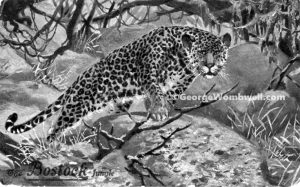
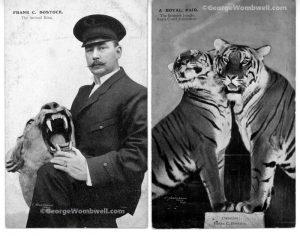 A card, also from Frank Bostock’s Jungle tours. It can be dated to 1908.
A card, also from Frank Bostock’s Jungle tours. It can be dated to 1908.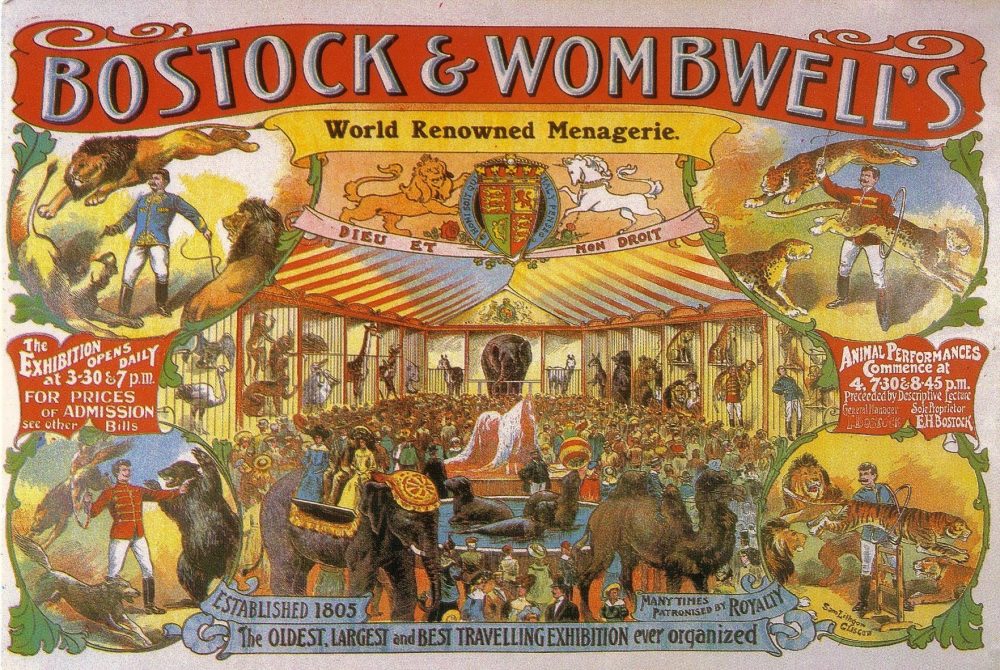
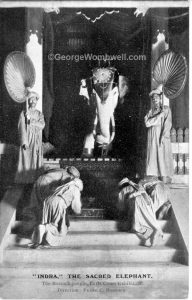
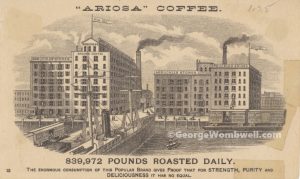
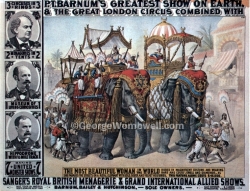
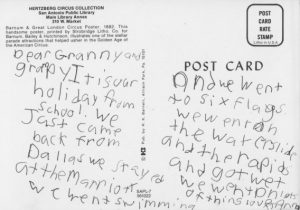 The postcard is much later of course and some ‘granny’ must have received it hand delivered!
The postcard is much later of course and some ‘granny’ must have received it hand delivered!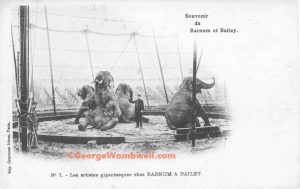
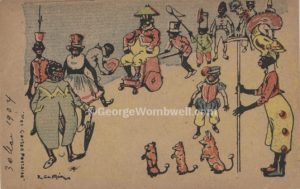
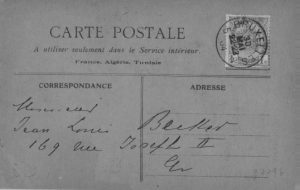 The card was sent from Brussels during 1904 or it may be 1922-23. I’m no philatelist! Research is required to place this troupe in the history of entertainment and identity studies.
The card was sent from Brussels during 1904 or it may be 1922-23. I’m no philatelist! Research is required to place this troupe in the history of entertainment and identity studies.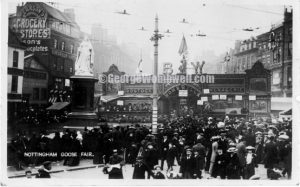

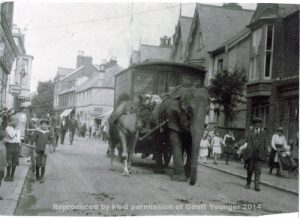
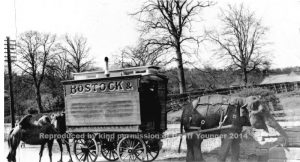
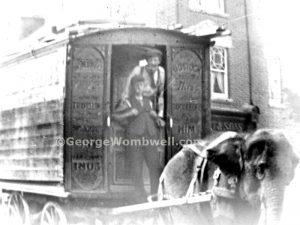 Do you recognise either of these ‘drivers’? Let us know if your ancestors were drivers or elephant handlers with Bostock and Wombwell’s Travelling Menagerie.
Do you recognise either of these ‘drivers’? Let us know if your ancestors were drivers or elephant handlers with Bostock and Wombwell’s Travelling Menagerie.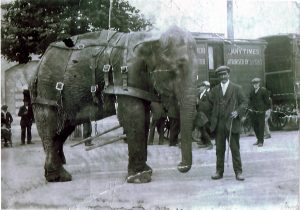
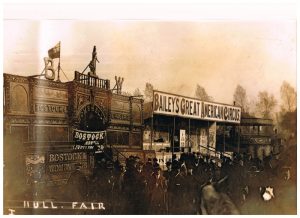
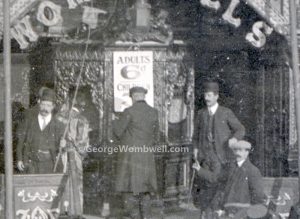
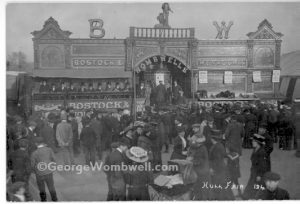
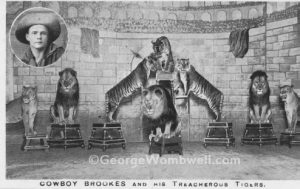
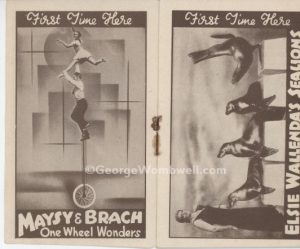
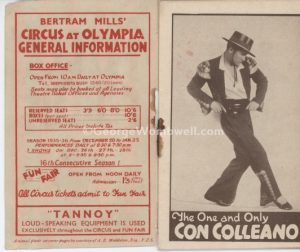
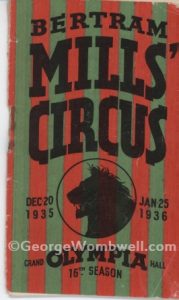
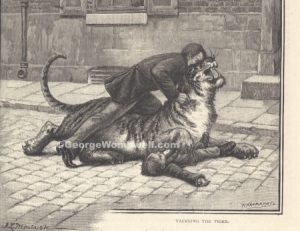 Charles Jamrach (1815 – 1891) was the leading dealer and his emporium was situated in what was then known as Ratcliff Highway in east London — at the time the largest such shop in the world. From the description the building can be placed on the 1868 Edward Weller map of London near to the Tobacco Dock somewhere along St George’s Road (to the right of North Quay).
Charles Jamrach (1815 – 1891) was the leading dealer and his emporium was situated in what was then known as Ratcliff Highway in east London — at the time the largest such shop in the world. From the description the building can be placed on the 1868 Edward Weller map of London near to the Tobacco Dock somewhere along St George’s Road (to the right of North Quay).